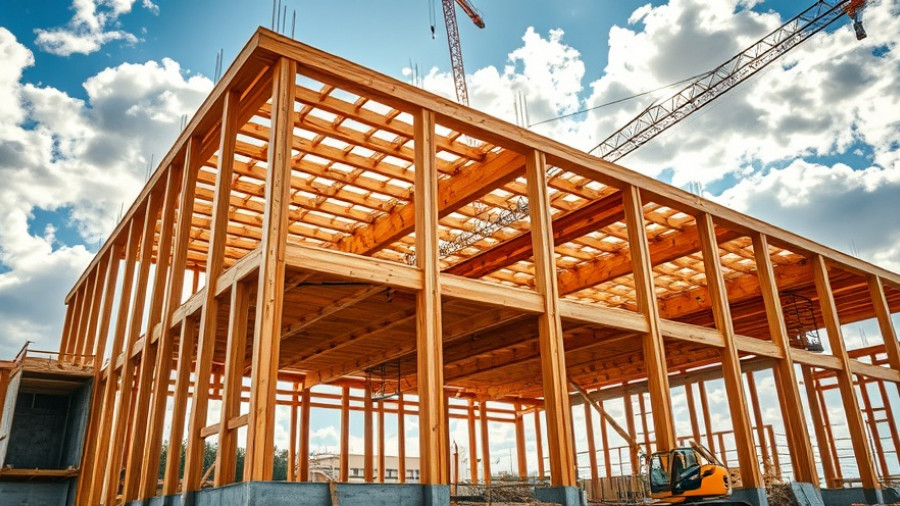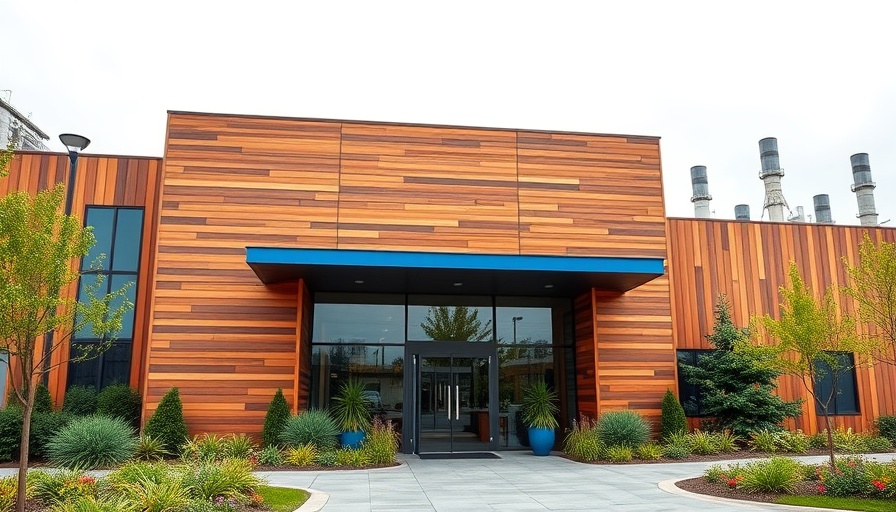
Transforming Pittsburgh’s Gateway: A $1.7B Upgrade
The recently completed $1.7 billion terminal modernization at Pittsburgh International Airport (PIT) signals a pivotal moment in U.S. airport infrastructure. As travelers step into this expansive 811,000-square-foot terminal, they will discover not just modern amenities but a facility that prioritizes efficiency, sustainability, and a premier passenger experience.
Architectural Innovation Meets Sustainability
Developed by a collaboration among PJ Dick, Hunt Construction Group, and Turner Construction, the new terminal dramatically streamlines airline operations and public spaces. Key features include a dual-level bridge that provides direct access from the terminal to the airside complex. This bridge is accompanied by nearly four miles of new roadways and a 1.1 million-square-foot parking garage that enhances accessibility. The project has embraced sustainability, aiming for LEED Gold certification while utilizing local materials and labor for 90% of its construction, thus significantly benefiting the local economy.
Strengthening Community Ties and Workforce Development
One of the standout initiatives connected to the terminal’s construction is the PIT2Work apprenticeship program, designed to connect local students to real-world training opportunities in the construction trades. This program has been touted by Allegheny County Executive Sara Innamorato as an economic catalyst for the region, providing both a state-of-the-art terminal and a robust pipeline of skilled labor.
A Benchmark for Future Projects
Pittsburgh's terminal modernization joins a wave of similar multi-billion-dollar construction projects across the U.S., including a $3 billion overhaul at San Diego International Airport and an upcoming $1.3 billion expansion at Chicago's O’Hare International Airport. These projects reflect an industry-wide shift towards enhancing operational efficiency and passenger comfort amid increasing travel demands.
What Does This Mean for Local Businesses?
For business owners and property developers, the completion of PIT’s terminal modernization presents new opportunities. The upgraded infrastructure is set to boost local commerce, driven by higher passenger traffic and improved airport logistics. Property developers can leverage the enhanced accessibility and appeal of the area, while socially conscious businesses might find a growth trajectory in partnerships with airport stakeholders.
Future Prospects: Navigating the Evolving Landscape
As travel continues to rebound, facilities like the new PIT terminal are essential to anticipating future demands and experiences. The integration of advanced technology and sustainable practices not only serves current travelers but also sets a precedent for airport designs nationwide. From the strategic management of construction finances to the complexities of operating large-scale projects, the insights gained from Pittsburgh’s experience offer valuable lessons for stakeholders across the industry.
 Add Row
Add Row  Add
Add 




Write A Comment